Applications for Ohio Farm Bureau Health Plans now available
Members have three ways to apply: contacting a certified agent, calling 833-468-4280 or visiting ohiofarmbureauhealthplans.org.
Read MoreShortly after the Phase One trade deal was struck between the U.S. and China, the final tranche of the latest Market Facilitation Program (MFP), representing up to 25% of the 2019 program allotment, was delivered to farmers. A de-escalation to the 18-month trade war is in sight and although USDA has not made mention of future MFP payments, some experts wonder if there is a need for another round of funding allocated to farmers this year.
The discovery period for crop insurance levels for corn and soybeans, based on the futures prices, happens every February. This sets the base price for individual revenue and yield insurance products and prevent plant payments, which were heavily utilized in 2019.
“The fact that farmers are not seeing the benefit of new trade deals in the form of higher exports has led to a decrease in the U.S. soybean price,” said Ben Brown, assistant professor of professional practice in agricultural risk management with Ohio State’s College of Food, Agricultural and Environmental Sciences. “Because of that, I think there is some justification to provide an income support to producers.”
Ohio farmers realized some significant MFP payments in 2019, averaging $70 per acre. Due to the wet planting season, MFP payments on prevent plant acres were at most $15 per acre and low yields across parts of the state triggered crop insurance payments as well.
“When you add that all up, the 2019 returns per acre for corn was estimated at $18 per acre,” Brown said. “Looking at 2020 with no MFP payments announced and an average Ohio corn yield of 174 bushels, we are calculating a loss of $35 per acre. So the impact of a potential MFP in 2020 could be the difference between losing money or coming out with a little income left in the pocket to support our farms across the state.”
Brown says one of the downfalls of the MFP program is that farmers aren’t certain if or when those payments are coming and how much they might be. He encourages producers to stay away from making management decisions based on expectations from the previous year.

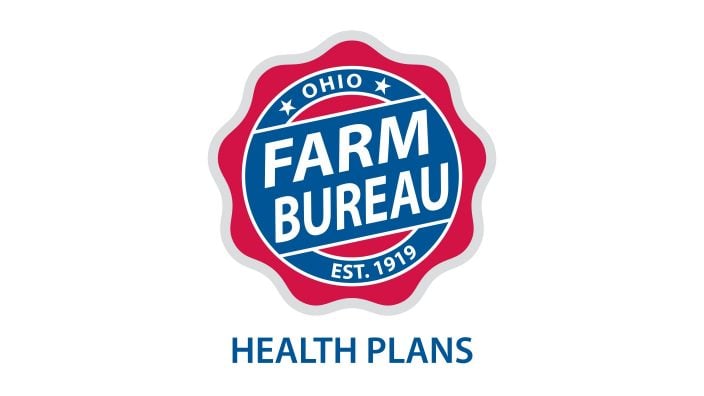
Members have three ways to apply: contacting a certified agent, calling 833-468-4280 or visiting ohiofarmbureauhealthplans.org.
Read More
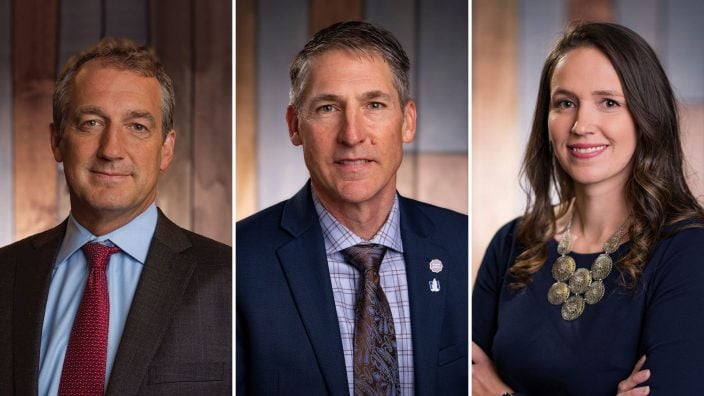
Bill Patterson, Cy Prettyman and Adele Flynn will continue to serve as officers for Ohio Farm Bureau Federation.
Read More
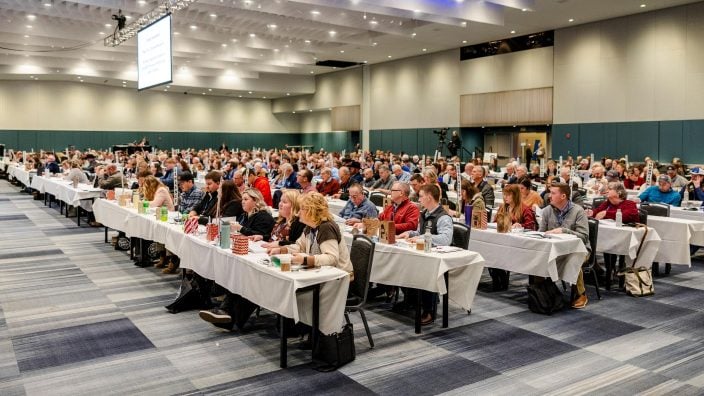
Delegates discussed many topics impacting agriculture including farmland preservation, local foods, and succession planning.
Read More

Twenty-six farmers govern the state’s largest farm and food organization.
Read More
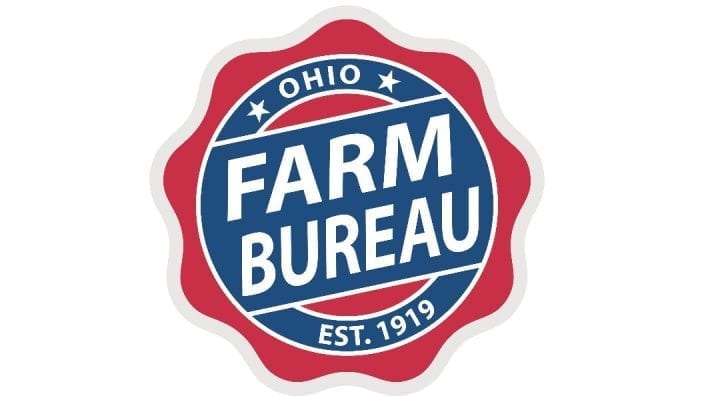
The 2025 recipients are Fred Cooke (posthumous) of Richland County, Marvin Dietsch of Williams County, Steven Knollman of Hamilton County and Michele Miller (posthumous) of Ottawa County.
Read More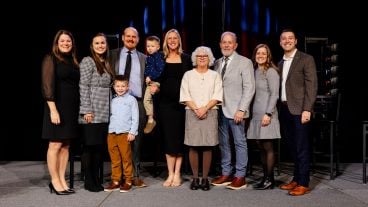
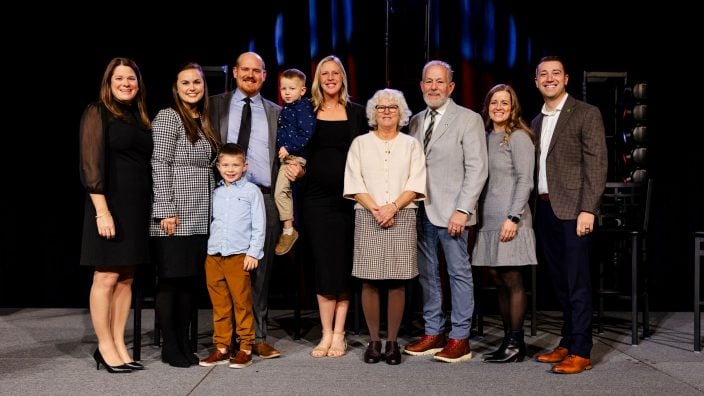
Nathan and Jill Parriman grow seasonal crops, including Christmas trees, pumpkins and cut flowers, providing U-cut experiences that invite customers to engage directly with agriculture.
Read More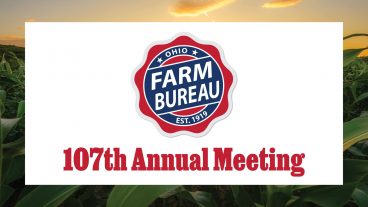

The 2025 Distinguished Service Award recipients are Craig Adams, Mike Townsley, and Kellogg Farms, Kurt Farms and Stateler Family Farms.
Read More
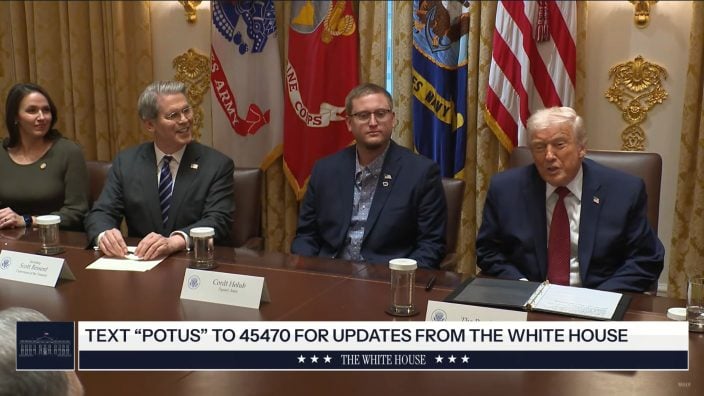
Ohio Farm Bureau Treasurer Adele Flynn participated in the meeting, representing Ohio farmers.
Read More

For Ohio and PJM region, the outlook is reassuring—ample reserves and strong planning should keep the power on.
Read More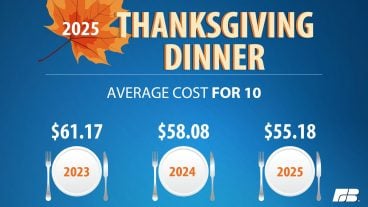
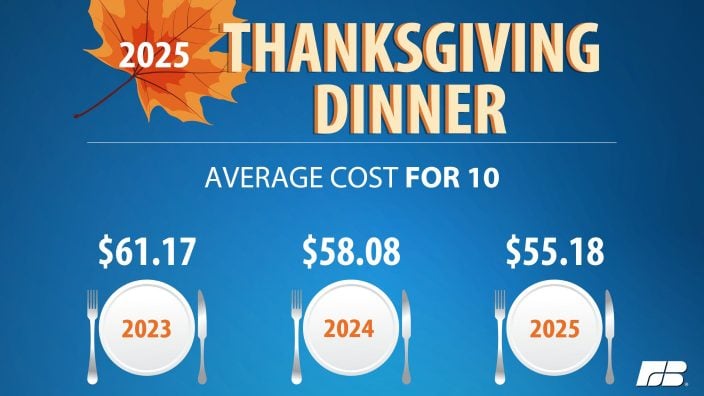
The average price for a classic holiday feast for 10 in Ohio will cost $55.87.
Read More